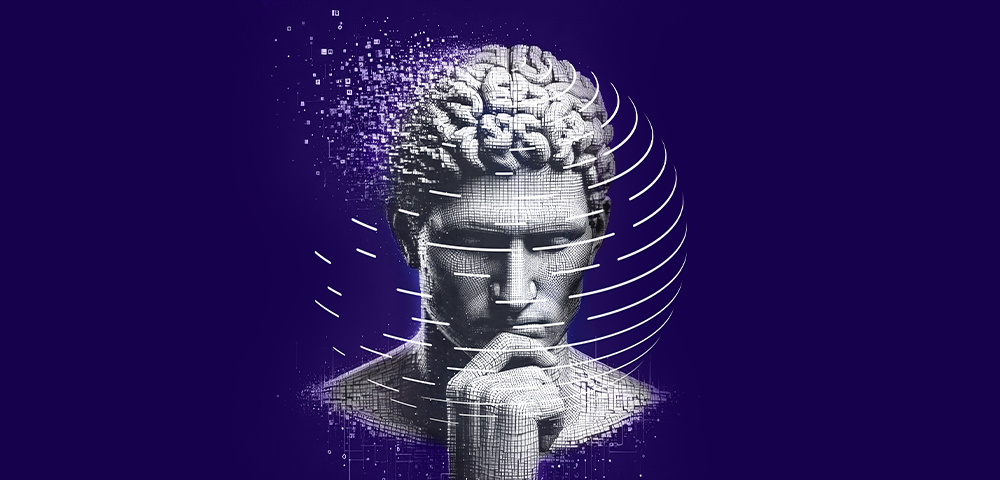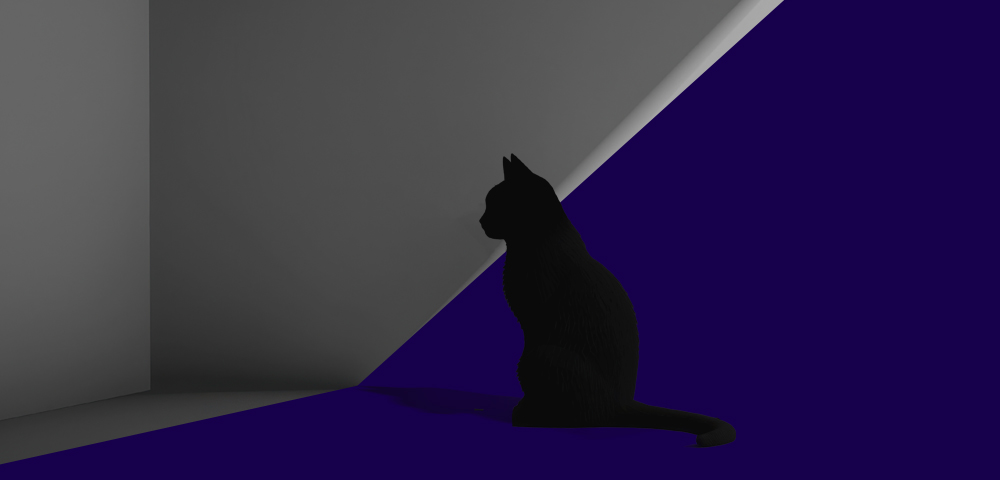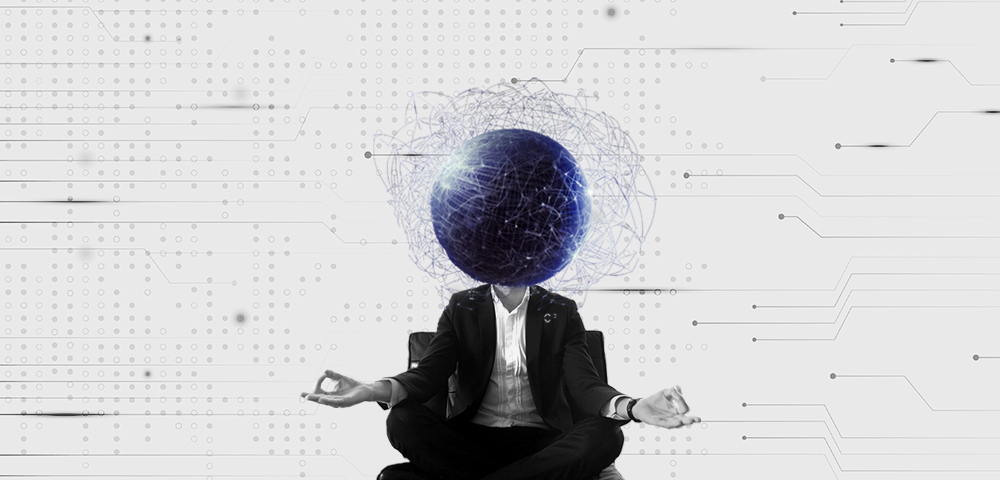Why is it that in some organizations, the boss is on a pedestal, while in others, they're just a colleague at the next desk with a fancier title? Throughout our lives, we're constantly surrounded by people in authority—our bosses, leaders, even parents. In fact, our model of behavior toward managers and leaders forms long before our first workday. For example, family dynamics, relationships with parents, student-teacher interactions, and cultural nuances shape how we communicate with managers and subordinates.
The better question to ask is: what distance should be maintained when it comes to the “power game”?
Power Distance Index
The Power Distance Index (PDI) was developed by one of the most prominent researchers in organizational culture typology, Geert Hofstede. This typology’s main criteria are national and ethnic factors. The PDI explains how much a culture encourages the use of power by its leaders. Inequality exists in all cultures, but the level of acceptance toward it varies.
How Does Power Distance Affect Us?
Power distance affects our work style—from behavior in meetings to how comfortable we feel sharing new ideas. In high-PDI cultures, you’re unlikely to encounter open debates or spontaneous idea sessions. Instead, the leader speaks, and others listen. In low-PDI settings, the opposite is true: every team member contributes, and authority is more flexible. However, this may also mean that a lack of clear instructions can sometimes lead to delays in decision-making or even a bit of chaos.
So, which is better? It actually depends on values—clear structure or open dialogue? Each approach has its own advantages and challenges.
Power Distance in Organizational Culture
Culture plays a significant role in how power is perceived. In high-PDI countries like China, Russia, or Mexico, hierarchy is important. Authority is respected, seldom questioned, and there is a clear distance between the leader and subordinates. The leader appears to stand on a mountaintop, with others looking up. The organizational structure is more centralized, and decisions are made at the upper management level.
There are also cultures with low power distance, like Denmark, the Netherlands, and even the USA, where people feel much more comfortable with equality. In such an environment, the manager is simply a regular team member. Critical discussion of ideas, feedback, and collaboration without excessive focus on hierarchy are encouraged. The idea is that power should be distributed, not concentrated in one place.
In these cultures, team members openly debate with the manager, and the organization is more decentralized. Leaders often rely on the expertise and experience of their employees when making decisions.
Power Distance in Georgia
According to a study by The Culture Factor Group based on Hofstede’s model, Georgia’s power distance index is 65, indicating that a hierarchical order is generally acceptable in society, with each person having their place. Hierarchy is viewed as inherent inequality. The unequal distribution of power justifies why certain segments of society receive more advantages than others.
If we look back at our distant and recent past, we find confirmation of all this on the pages of history: monarchy, a communist past, a society imbued with a mentality of obedience to leaders after gaining independence—this is our cultural heritage. A characteristic feature of culture is the drive to maintain internal balance, but on the other hand, it also holds the inevitability of change. We can plainly see how quickly we moved from the "hibernation" phase to an era of motion. This shift is partly influenced by generational change and partly by globalization.
The differences between generations have probably never been as clear as they are now. The new generation is rewriting the rules of power. Unlike previous generations, millennials and Generation Z grew up in an era of globalization and technology. They are unafraid to challenge the status quo. For them, power doesn’t necessarily imply distance. On the contrary, they expect collaboration, transparency, and a more equitable approach within organizations. They grew up in a time when questioning authority is not only acceptable but often encouraged—whether it’s corporate ethics or the pursuit of a better work-life balance. This generation confidently declares, "I have a better idea."
"Fathers and children"—revolution or evolution? For millennials and Generation Z, hierarchy is outdated. The traditional model of “Sit down, do your job, and don’t ask questions” has shifted to a “Let’s come up with it together” approach. They want flexibility, autonomy, and a work culture where not only leaders’ voices are heard, but everyone’s.
By 2030, Generation Z will make up 30% of the workforce, and organizations will have to reach a completely new level of power distribution—in the truest sense of the word.
The process of change is like walking a tightrope because you don’t have a magic wand to erase the differing expectations of Boomers or Generation X, nor can you make Generation Z and millennials love a strict hierarchy created for organizational structure. However, you do have magic words through which you can acknowledge Boomers' experience while letting Generation Z know that they are heard, because in their world, everyone has a voice (and likely a podcast too).
Flexible leaders can strengthen diverse teams while maintaining authority. Engage Generation Z and millennials in decision-making in a way that doesn’t disrupt the structure that Boomers and Generation X value. It’s like sitting front-row at a fashion show—everyone can see the show, but some still deserve reserved seats.
In reality, the principle of evolution and adaptation extends to all aspects of our lives, including organizations. Today's challenge is not in choosing between hierarchical and non-hierarchical approaches but in finding the right “fit”—where both the seasoned boss and the forward-looking Gen Z team member feel equally comfortable.
Finally, the question stands: if the younger generation does not accept the previous structures of power, what awaits organizations that refuse to change? Thinking about the answer to this question, I remembered the dinosaurs. Sixty-five million years ago, the largest and strongest creatures on Earth left only traces because they could not adapt. So before deciding to become a "dinosaur," think carefully—because you may someday share their fate.






